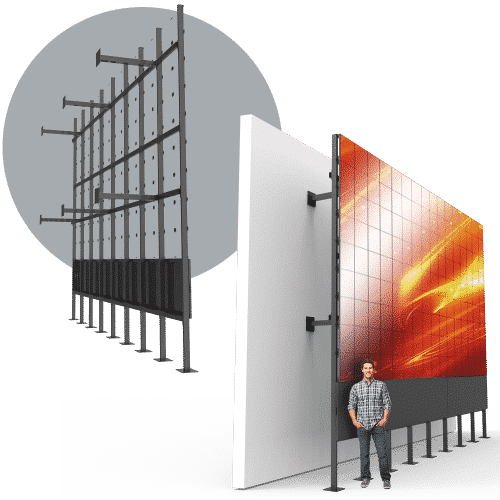Investigating the Durability of Light Emitting Diode Wall Screens in Comparison to Conventional Screen Technologies
Investigating the Durability of Light Emitting Diode Wall Screens in Comparison to Conventional Screen Technologies
Blog Article
Light-emitting diode panel screens have grown increasingly favored in recent years, particularly in environments like schools, businesses, and community areas. These screens use light-emitting lights (LEDs) to create vivid and lively visuals. One of the most notable advantages of LED innovation is its longevity in contrast to traditional display methods, such as cathode tube monitors (CRTs) and liquid crystal screens. Understanding the differences in duration and functionality between these options can help buyers make knowledgeable choices about their display requirements.
Classic screen technologies, like CRTs, have been around for many decades. They were commonly used in TVs and PC monitors. However, CRTs have a limited lifespan, typically lasting approximately 10,000 to 20,000 hours of operation. This means that after a few years, consumers may notice a decline in image quality, such as dimming or hue distortion. In contrast, LED panel panels can last significantly longer, frequently exceeding 50,000 hrs. This extended duration means that consumers can enjoy reliable functionality without the need for regular substitutions.
Another important factor to take into account is power conservation. LED wall panels utilize less power than traditional screens, which not only helps the ecosystem but also reduces power expenses. For example, while a CRT monitor may consume approximately 100 W of power, an LED screen can consume as little as 30 to 50 watts. This discrepancy in power consumption contributes to the total durability of LED technology, as lower energy consumption generates minimal thermal energy. Excess heat can harm electronic parts, leading to a shorter lifespan for conventional screens.
In addition to their longer duration and power efficiency, LED wall screens also provide superior image quality. They offer more vivid colors and improved contrast, making them ideal for various uses, from marketing to learning presentations. The technology behind LED screens enables for a wider viewing angle, click this site meaning that visuals stay sharp and vibrant even when viewed from the flank. This is a major benefit over traditional screens, which frequently experience from hue distortion and reduced luminosity at broader angles.
In conclusion, the longevity of LED wall screens in contrast to conventional display technologies is a crucial factor for buyers to take into account. With durations that can surpass 50,000 hours, energy efficiency, and superior visual clarity, LED innovation provides many benefits. As innovation continues to advance, LED wall screens are likely to become even more prevalent in various environments. Grasping these distinctions can assist people and organizations make better choices when investing in display innovation, guaranteeing they get the optimal value for their needs.